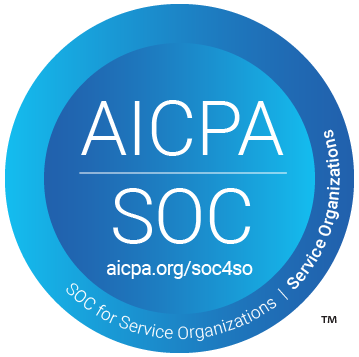
Why do I want to build Custom Activity types?
Thinking Cap started with support for eLearning Activities and Learning Paths. Later we added Instructor Led Activities. Our clients needed to support other Learning Activities, so we added Demonstrations, Portfolios and Comprehensions. Finally, we added support for things that were traditionally part of an Activity to become stand alone Activity types themselves. These were Assessments, Assignments and Feedback / Surveys. This was a lot of choice.
But all Activities, even of the same type, are not always the same. A Learning Path in one context is describing a curriculum of material towards a Certification. Other times a Learning Path represents the sessions of a Conference. These differences effect both the custom Fields of Metadata we collect about each type and how the Client wishes to visually present these Activities to Learners.
Our first attempt to bridge these gaps relied on Custom Fields to allow the differences to be defined and we added Custom Filed Branching to accommodate data difference within an Activity Type. This was a strong first attempt but it had flaws. Firstly, the branching fields added to administrative load and added to the possibility of human error. Secondly, the rules for how to display each Activity type ballooned the custom CSS used for the Learner View branding and made the Learner Experience difficult to manage and make changes.
In 2017 we added the ability for Administrators to add Default Values for any of the dozens of settings for Activities. This meant that if you always wanted the Video scrubber to be disabled or if you always wanted a Completion Notification sent or you always wanted the Learner to complete the Stand Feedback you could set that in one place and it would be applied to all Activities of that type. We also allowed you to set if that setting could be overridden or not. These were great new tools to streamline the administrative load of managing many new Activities. But we quickly learned that the subtle differences between Activities greatly diminished the wide use of these time saving tools.
The Solution was to allow Customers to define their own Activity Types using the Built-In base types as Archetypes. Doing this meant we could allow Custom Fields and Activity Defaults to belong to one variant of an Activity and not another. Also, we could cleanly define Look and Feel for each type and not make a mess of the Branding tools to get there.
Like custom Nomenclature and Translations that make the wording of the LMS accommodate how you refer to all aspect of your Learning ecosystem, having custom activity types means Thinking Cap adapts to how you work and not how we want you to. Helping you identify the types of Activities you support and how they should be set up is the job of our Onboarding team. Give us a call to learn more.
Contributors
Douglas Wallace is the founder of Thinking Cap, guiding the evolution of their LMS and authoring systems. His ability to think in systems helps him drive the development of new product features, processes and optimization. His direction for the LMS has made it possible to delivery complex yet engaging training programs for everything from prenatal care for first time parents to continuing education for professional development. Speak to Douglas about his vision for an immersive learning experience.




